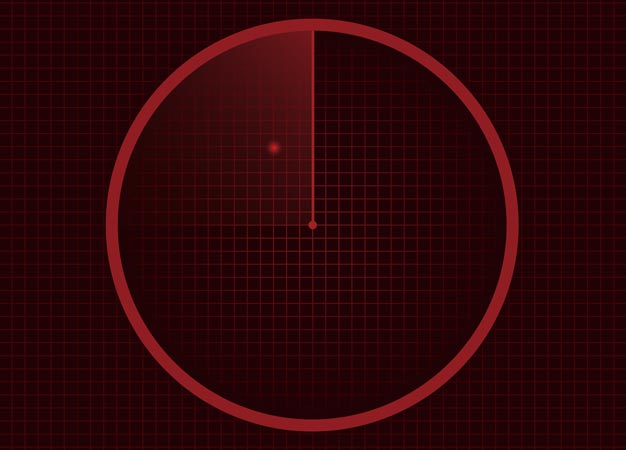A person's whereabouts could soon be tracked without the aid of a portable device
Published online 25 February 2016

A new signal processing scheme can locate a person by detecting their body's interaction with ambient wireless signals.
© mishabokovan/iStock/Thinkstock
Keio researchers have devised a way to accurately locate an individual's position using only a remote antenna by exploiting the way that the human body interacts with radio signals1. The scheme has the potential to revolutionize remote patient monitoring, ambient intelligence for smart homes, and intrusion detection in security applications.
To be located, a person usually needs to hold a device containing a transceiver designed to interact with global positioning system (GPS) satellite signals or wireless or cellular networks. Mobile phones serve this purpose well, but in applications where relying on a device is too risky, such as in patient monitoring, location methods without a device are necessary.
Several device-free localization methods that do not require the involvement of individuals have been proposed, but their accuracy is often poor due to the difficulty in separating the location signal from signal 'noise'. Tomoaki Ohtsuki and Jihoon Hong from the Department of Information and Computer Science at Keio University have developed a system that combines sophisticated signal processing with a specific distribution of antennas to detect the 'fingerprint' of human-body interaction with ambient wireless radiation without the noise interference that has plagued previous attempts.
The human body is an electrical conductor, which means that it diffracts, reflects and refracts radio signals emitted by wireless network transmitters in a very specific way. By analyzing these wireless signals using a mathematical concept called the eigenvector, Ohtsuki and Hong have been able to extract not just the fingerprint of human-modified wireless signals, but also the direction of signal, with unprecedented accuracy.
"Using special signal processing techniques, we can extract enough information from the signals to estimate the direction of the individual," says Ohtsuki. "While conventional schemes are subject to signal noise, our technique separates the signal and noise components, making signal processing stable and robust and allowing us to achieve high localization accuracy."
One of the most important features of Ohtsuki's localization system is its compatibility with existing network infrastructure. "Our scheme involves some antennas and signal processing, just as in current cellular systems and WiFi networks, so our approach can substitute into existing systems relatively easily."
Ohtsuki and Hong have further refined their approach to be able to detect specific movements of the tracked individual, such as falling, adding value to an already promising technique. The team is also working on expanding the system's capacity to track multiple individuals.
Reference
-
Hong, J., Ohstuki, T. Signal eigenvector-based device-free passive localization using array sensor. IEEE Transactions on Vehicular Technology 64, 1354-1363 (2015). | article